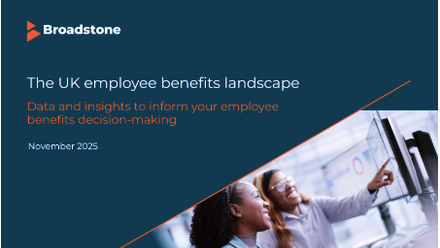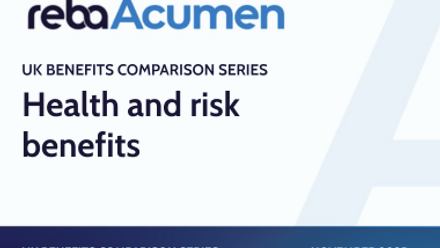Understanding claims drivers and conditions to help employers plan effectively
To protect workers and enhance their employee value proposition (EVP), many employers are now looking to offer group insurance benefits such as private medical insurance (PMI), group income protection (GIP), critical illness cover, life insurance and cash plans, but there is no one-size-fits-all solution.
To do this effectively requires the right preparation, culminating in sound budget planning and strategic decision-making around the best and most affordable benefits for each workforce.
Typically, that body of work includes analysing the company demographic to consider any key claims drivers affecting it and assessing common conditions across the workforce.
By reviewing claims trends across multiple insurance products, businesses can anticipate cost pressures, tailor benefits more effectively, and introduce preventative measures that support both employee wellbeing and financial support.
When looking for the right benefit, broker or insurance provider, employers should consider the below areas to help balance the objectives and factors affecting their business:
- Cost – the right solution should be cost-effective and provide meaningful support without creating excessive financial strain. Employers could explore self-insured models, risk-sharing arrangements and tiered benefits structures across the workforce.
- Employee attraction and retention – competitive benefits packages play a key role in attracting and retaining top talent. In industries where skills shortages are widespread, enhanced benefits like comprehensive PMI, income protection and cash plans support can help to attract high performing employees.
- Absence management and productivity – insurance benefits can help manage and reduce absenteeism through the preventative measures they incorporate. GIP and PMI with early intervention services, virtual GP access and physiotherapy can help reduce time away from work and support quicker returns.
- Wellbeing and preventative healthcare – there is growing appreciation that preventative healthcare measures can reduce long-term costs and claims. Investing in insurance benefits with added extras such as mental health support, lifestyle coaching, health screening and fitness programmes can help to mitigate health risks before they escalate.
- Diversity and workforce needs – workforces are becoming increasingly multigenerational, and it is essential that employers offer a range of flexible and personalised benefits to meet everyone’s needs, reflecting that demographic. For example, while younger employees may value mental health and fertility support, older workers might prioritise musculoskeletal care and chronic disease management. A strong offering should provide the scale and flex for both.
- When looking at claims and subsequent payouts, these are typically driven by a combination of chronic conditions, acute treatments and lifestyle-related health issues including:
- Musculoskeletal disorders – a leading cause of PMI claims and income protection payouts, particularly in industries involving manual labour or prolonged desk work.
- Mental health and stress-related illnesses – increasingly one of the top reasons for GIP claims and PMI usage, affecting workplace productivity and long-term retention.
- Cancer diagnosis and treatments – A primary driver of PMI claims and critical illness insurance payouts, requiring expensive and ongoing treatment.
- Cardiovascular disease and lifestyle-related conditions – high blood pressure, diabetes and heart disease all contribute significantly to PMI, critical illness, and income protection claims.
Employers offering private medical insurance (PMI), group income protection (GIP), critical illness cover, and life insurance face several risks associated with high claims volumes.
If not managed effectively, increased claims activity can lead to rising premiums, financial strain and sustainability challenges.
By keeping an eye on their claims and identifying common trends early on, and by cross-referencing their insurance benefits with their demographic data, employers can refine their insurance strategy in key areas, ensuring that they offer employees long-term support when they need it most.
Supplied by REBA Associate Member, Personal Group
Personal Group provides the latest employee benefits and wellbeing products.








